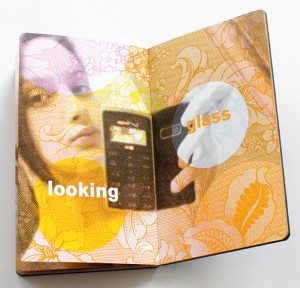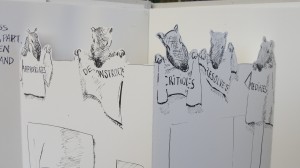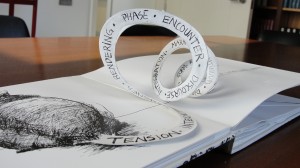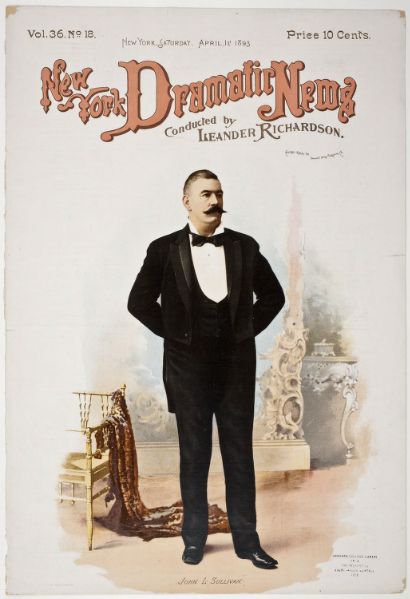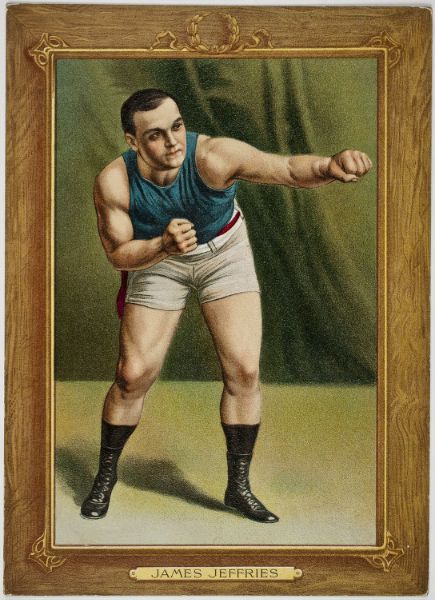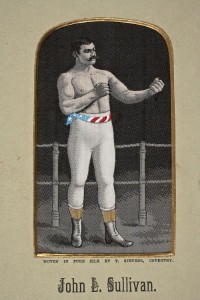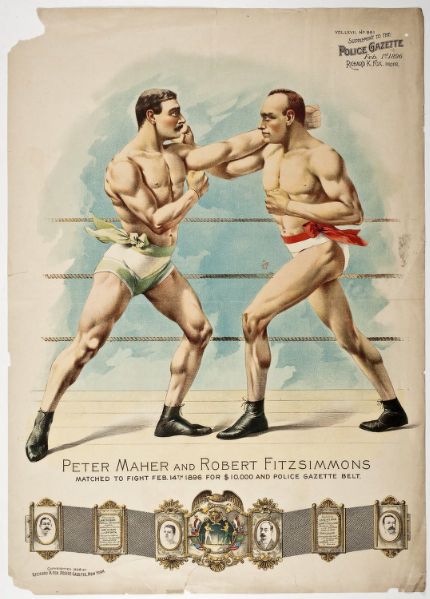A grey, Boston winter is soon upon us, we could all use a sunny postcard or two to brighten the day. Luckily, the Harvard Fine Arts Library has an enormous postcard collection ready for your viewing pleasure.

Hotel Traymore and Boardwalk, Atlantic City, N.J.
This collection mainly created in the early 20th century focuses on landscapes, architecture, and historical buildings and sculptures, stretching the world over. Most heavily collected are cards from France, Italy, Germany and Spain, but a substantial number representing Canada, South and Central America, and the United States have recently been sorted and highlighted within the collection.
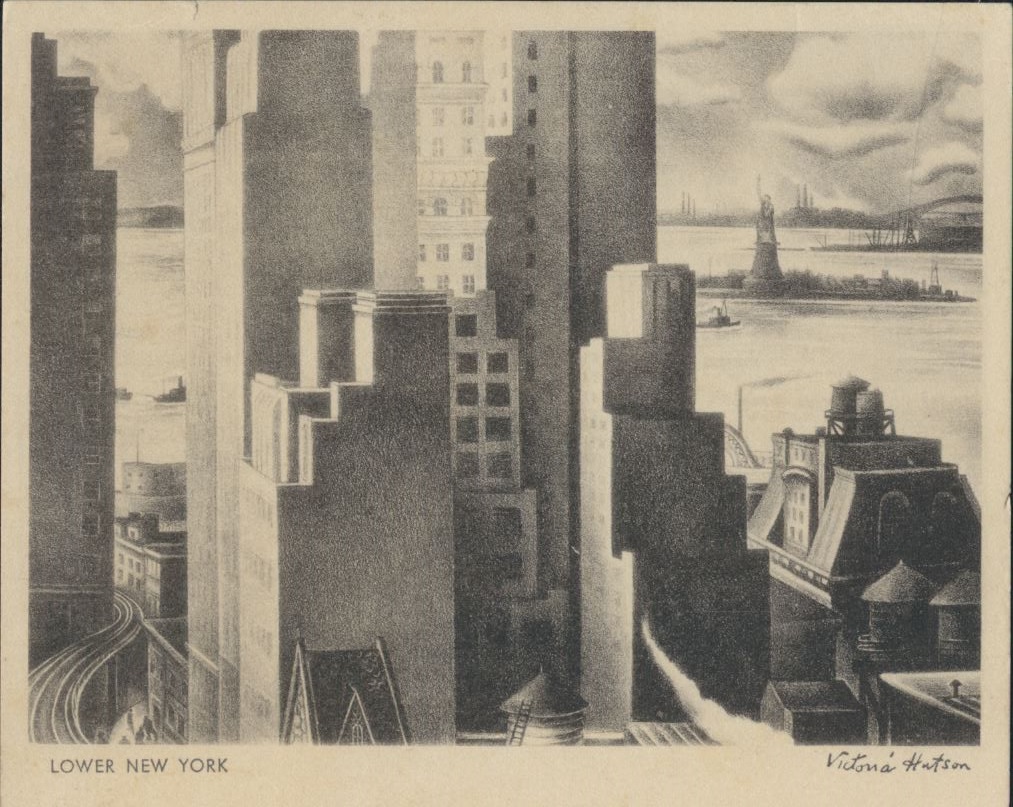
Lower New York, by Victoria Hutson
Some postcards are classic, colorized landmarks like the boardwalk at Atlantic City, and others have more stylized architecture like artist Victoria Huntson’s rendering of lower New York City. Others still are wild shots of nature, like the spitting volcano of Kilauea in Hawaii.
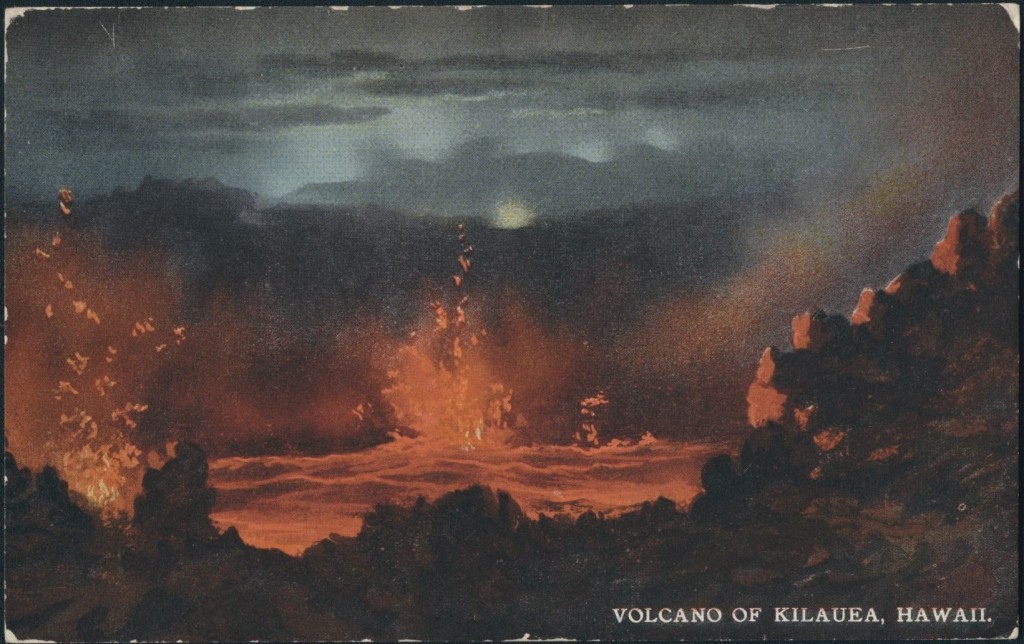
Volcano of Kilauea, Hawaii
The collection is not without humor, and includes goofier cards such as the highly amusing “Busy Person’s Correspondence Card,” in which the sender checks off phrases to assemble a message:
“This burg is ( )hot as h*** ( )out of sight! ( )dead ( X )a swell joint
( )off the map ( )classy”
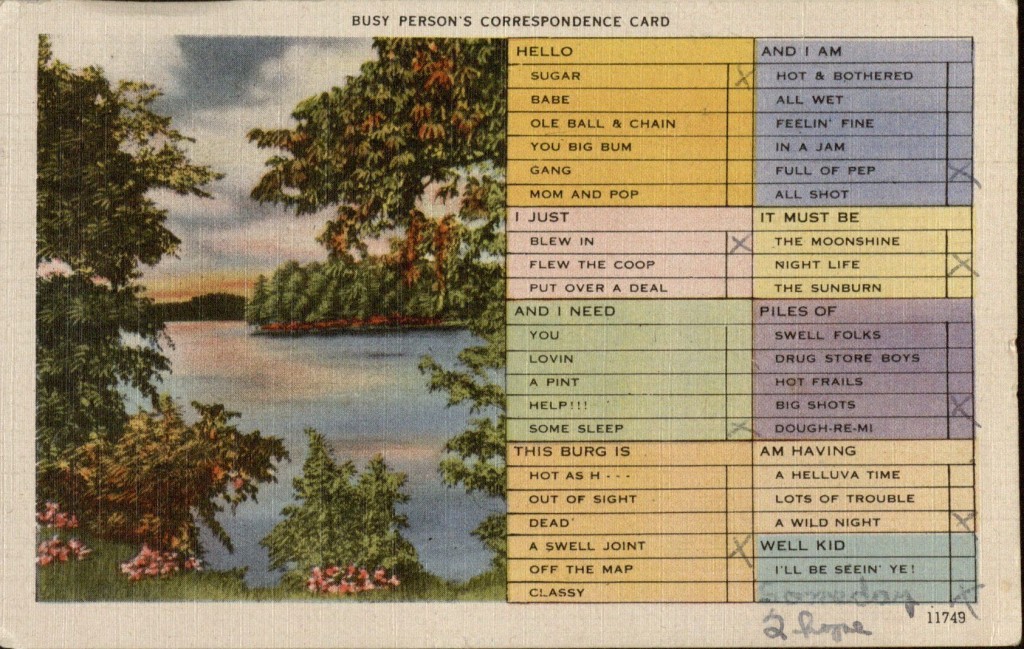
A Busy Person’s Correspondence Card
A few are even more unique, like this one from Ottawa. When held up to the light, the cut-outs of the windows, moon, streetlamps, and reflections “glow” with sunset colors.

Chateau Laurier-Ottawa. Grand Trunk Railway System
Whether for historical research, artistic inspiration, or just for fun, take a trip to the postcard collection at the Harvard Fine Arts Library.
Don’t forget to write!
Thanks to Alexandra Winzeler for compiling this entry and helping to sort through the American postcards!
